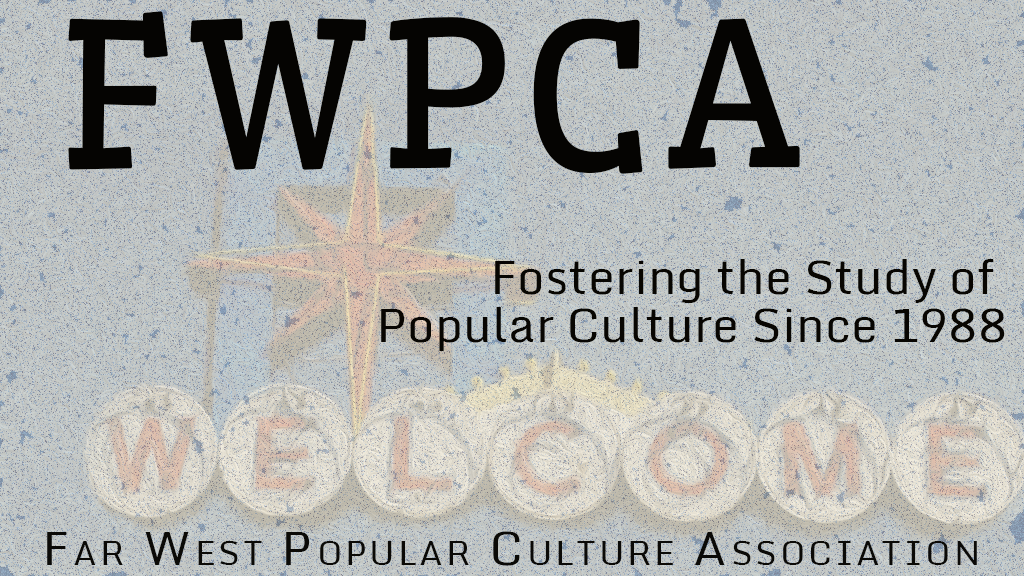Presentation Type
Paper
Abstract
In Lois Lowry’s dystopian young adult novel, The Giver, the veil of perception— the gap between appearance and reality— is woven into the community as a policy measure meant to establish Sameness—the effort to insure a world without conflict, inequality, difference, pain, or freedom of choice. But a question lingers in the premise of the novel’s community. Given that our options for bridging the gap amount to building a bridge of experience across it or digging a tunnel of existence under it, has the bridge been sabotaged to render perception spurious, or has the tunnel been blocked to alter reality itself? Put otherwise, has Committee of Elders in charge of maintaining Sameness, changed the ability of its community members to perceive an unchanged reality, or has the Committee altered the what is really real? This paper investigates the evidence in the novel that offers inconsistent answers to this question. First, the paper investigates the epistemology/ perception thesis. Next, it looks into the metaphysical/reality thesis. Ultimately, it is argued that, while memory is where epistemology and metaphysics try to touch in the premise of The Giver, Lowry falls short of a consistent philosophical premise upon which to base the story.
Keywords
epistemology metaphysics young adult literature science fiction novel
Included in
American Literature Commons, American Popular Culture Commons, Epistemology Commons, Metaphysics Commons
Where Epistemology and Metaphysics Touch in Lois Lowry's The Giver
In Lois Lowry’s dystopian young adult novel, The Giver, the veil of perception— the gap between appearance and reality— is woven into the community as a policy measure meant to establish Sameness—the effort to insure a world without conflict, inequality, difference, pain, or freedom of choice. But a question lingers in the premise of the novel’s community. Given that our options for bridging the gap amount to building a bridge of experience across it or digging a tunnel of existence under it, has the bridge been sabotaged to render perception spurious, or has the tunnel been blocked to alter reality itself? Put otherwise, has Committee of Elders in charge of maintaining Sameness, changed the ability of its community members to perceive an unchanged reality, or has the Committee altered the what is really real? This paper investigates the evidence in the novel that offers inconsistent answers to this question. First, the paper investigates the epistemology/ perception thesis. Next, it looks into the metaphysical/reality thesis. Ultimately, it is argued that, while memory is where epistemology and metaphysics try to touch in the premise of The Giver, Lowry falls short of a consistent philosophical premise upon which to base the story.


